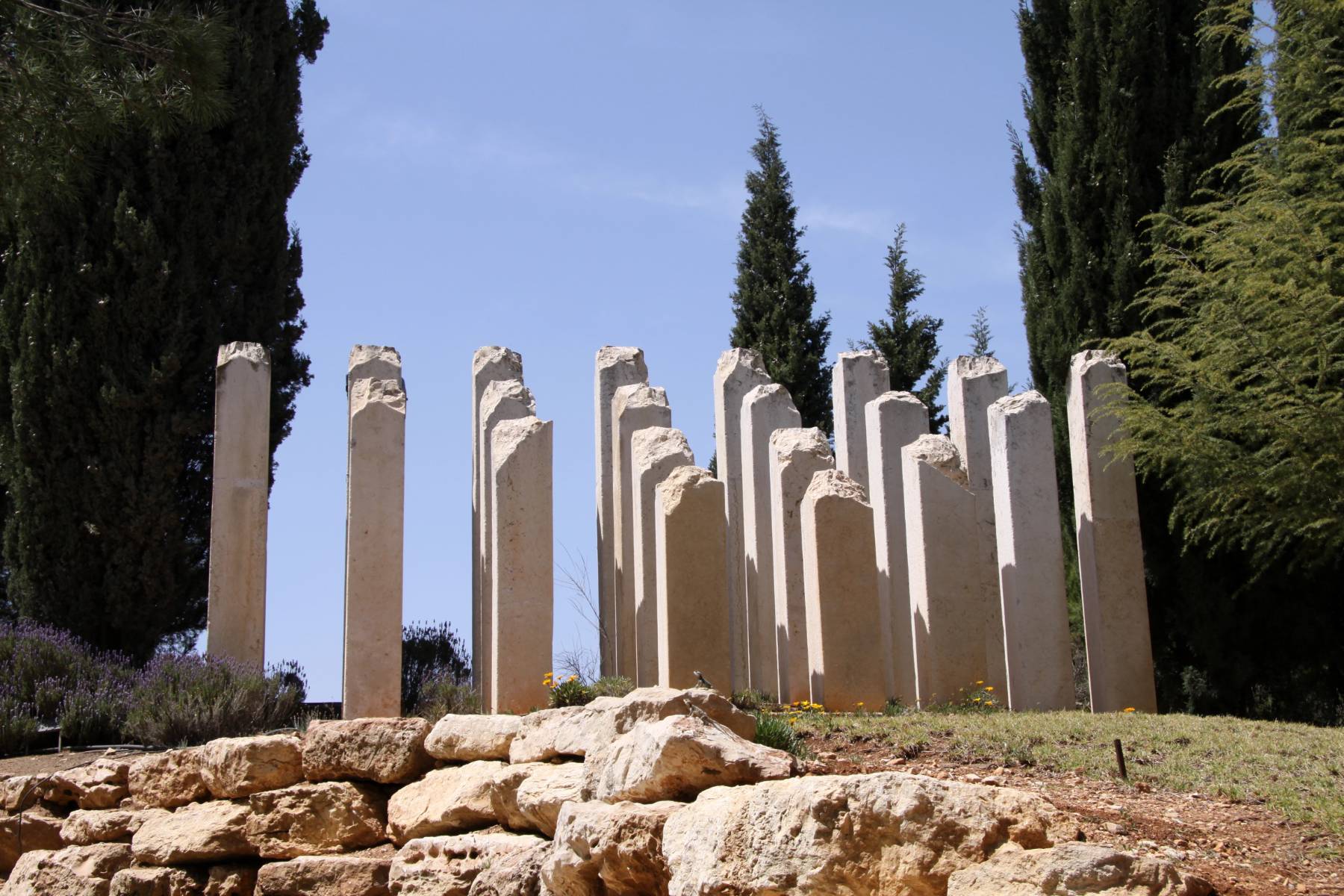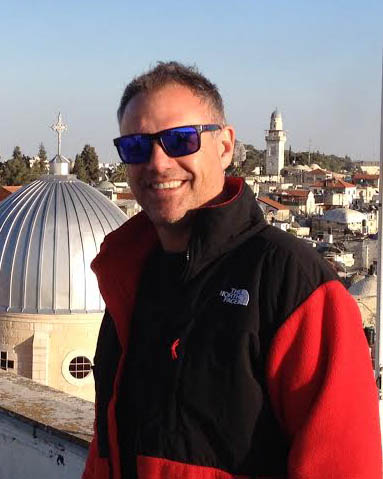Chances are that if you have toured with me, you heard me say the words “never again”. You heard me say this overlooking the Jerusalem hills from the terrace at the exit of the Holocaust history museum at Yad Vashem, or at a military cemetery where we honor the memories of those soldiers who gave their lives to ensure that never again is a reality. The meaning of “never again” for those that don’t know in the context of modern Jewish history is the idea that the existence of an independent Jewish state where we have self determination and self defense is the ultimate guarantee that we will never again be the victims of genocide.
Since I moved to Israel in 1994 and during the last 30 years there have been instances where I questioned the validity of the words never again, usually after a terror attack, but nothing ever caused me to doubt the validity of the words “never again” more than the horrific events of October 7, 2023. Indeed given the significant loss of life and by Hamas’s own admission that it was out to murder Jews, many have argued that what transpired on October 7th was in fact a genocide. Months after the attack I am struggling with how or even if I will be able to look my visitors in the eyes and assure them that the existence of the state of Israel is the guarantor of “never again”.
Kibbutz Yad Mordechai: The theme of “never again” at an off-the-beaten-path site
It’s not likely that you toured with with me at Kibbutz Yad Mordechai located just two miles north of the Gaza Strip. In fact I’ve only been able to fit it into an itinerary maybe two or three times in my entire career spanning two decades, and I don’t recall it ever appearing on the itinerary of any of the touring agencies I’ve worked with over the years.
Other sites are more frequently visited with their own tales of Jewish heroism in the land of Israel, but if there was ever a site that I would choose as the embodiment of the “never again” theme, that would be Kibbutz Yad Mordechai named after Mordechai Anelewics, the 24 year old commander of the Warsaw ghetto uprising against the Nazis in the spring of 1943. His heroic actions along with those of the other other Jewish fighters in the ghetto was the inspiration behind the changing of the name of the kibbutz from Mitzpeh Yam to Yad Mordechai (In honor of Mordechai).
In May 1948 the area where the kibbutz is located bore the brunt of the Egyptian onslaught. The fighters of Yad Mordechai were heavily outnumbered and ultimately were forced to withdraw but they were credited with slowing down the invading Egyptian army’s advance northward, giving Israeli forces enough time to prepare to stop the Egyptian advance on the tiny Jewish state which had just declared its independence.
Yad Mordechai on October 7
On October 7 2023, Kibbutz Yad Mordechai was attacked by rocket fire destroying a replica of the a Warsaw Ghetto Uprising bunker, but was also attacked by terrorists operating the ground. The attack was thwarted by the kibbutz rapid response security squad. Unfortunately many of the surrounding Israeli communities were overrun in what was the deadliest attack against Jews since the Holocaust.
Return to Yad Mordechai
According to the Israeli ethos of never again the atrocities of October 7th 2023 were never meant to happen. The day marks a turning point in history where Israelis are forced to confront the reality that the constant threat of persecution that culminated with the nazi holocaust did not necessarily disappear with the establishment of the Jewish state, and that despite its strength and peace agreements with several of its Arab neighbors Israel continues to be the target of the genocidal ambitions of its enemies.
It’s interesting to point out that one of the inspirations behind the creation of communities like Yad Mordechai was another event that happened far from the shores of Israel. In 1903 a pogrom in Kishinev Moldova took place that inspired a wave of immigration to the land of Israel during a period when attempts by Jews to settle, farm and defend the land of Israel was faltering. The brutality of the Kishenev pogrom captured in photographs caused a renewed sense of urgency for the successful creation of the required infrastructure for the future state to succeed.
It was during what would be known as the second Aliyah or wave of Jewish immigration to the land of Israel that the first kibbutzim were established, and while the establishment of Yad Mordechai occurred only 40 years later, a visit there provides us with the perfect backdrop and an opportunity to weave together the last 120 years of Jewish history and how events outside the land of Israel influenced events in the land of Israel. The ultimate lesson of course is that we are a nation that must defend itself.
While the tours I provide are custom made in accordance with your needs and interests I’m going to begin suggesting a visit to Yad Mordechai and the surrounding area in future itineraries. Unfortunately it took the tragedy of October 7th for the area known as the Gaza envelope which includes Yad Mordechai to make it on to the map of “must sees” in Israel, but it’s important to emphasize that a journey to this part of the country is not about sightseeing. If you decide to include this on your tour we will bear witness to the atrocities of October 7th, we will show solidarity, we will strengthen the area economically, give hope to the residents and all of Israel for a better future.
AM YISRAEL CHAI


